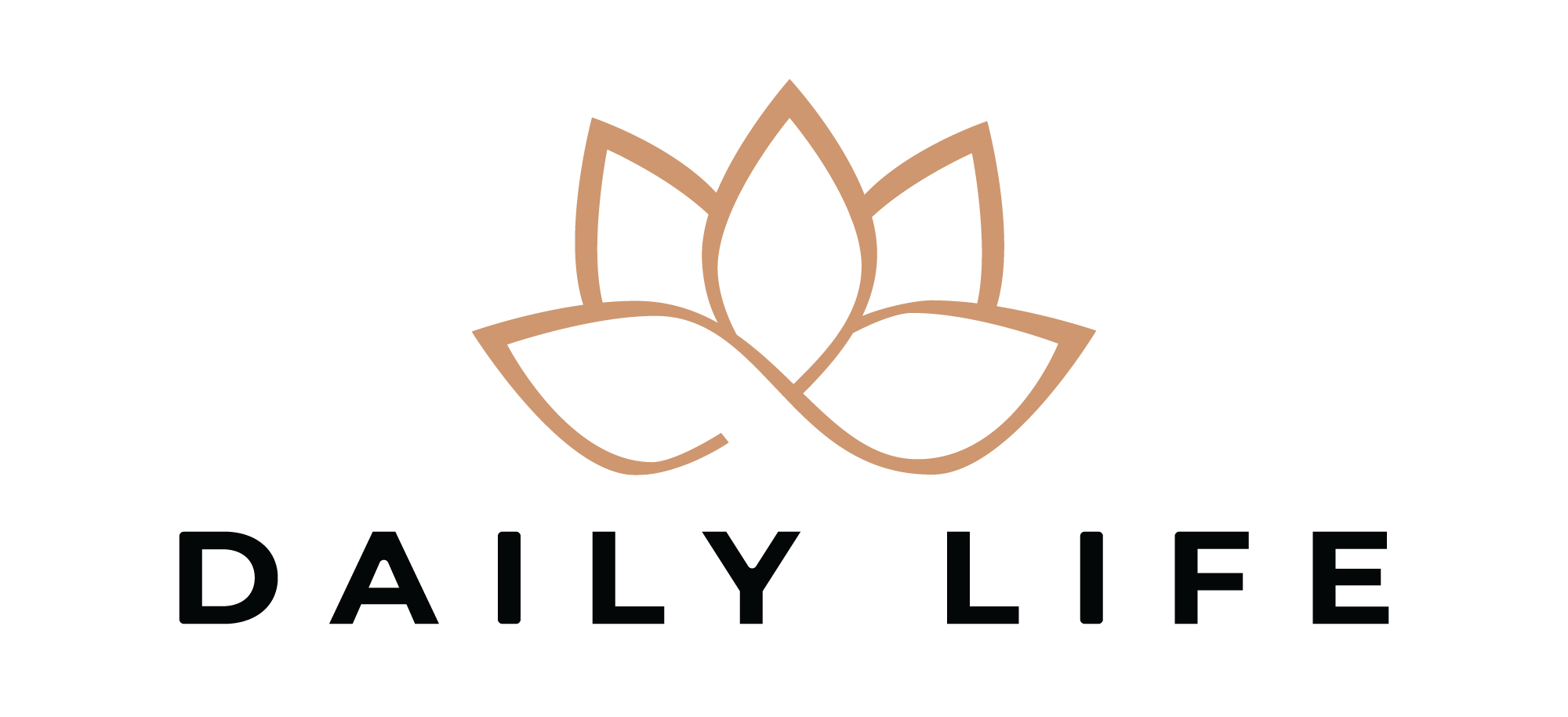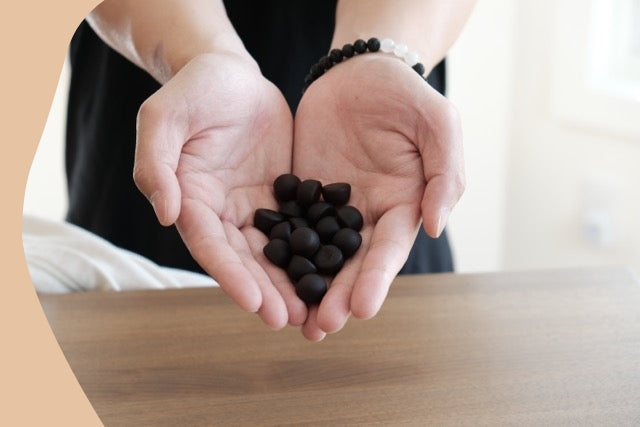
Beginner's Guide to Hatha Yoga
Hatha yoga is a traditional style of yoga that includes a focus on alignment, anatomy, and the health benefits of poses.
There are actually 22 main types of yoga in the West. Hatha yoga is a calming and strengthening yoga practice that will help you learn the fundamental poses, breathing techniques, and the terminology used in yoga. It’s the foundation of many offshoots of yoga and improvisation.
Hatha yoga is considered a great yoga for relaxation and improving mindfulness. The practice itself has lessons in slowing down, focusing on your body, and transitioning without rushing from one pose to the next. There are many lessons to be gleaned from a daily hatha practice that can help your mind as well as your body.
Unlike an energizing and fast-moving vinyasa class, a hatha yoga class is intentionally slower and based heavily on breathwork. It’s often the best way for newcomers to yoga to dip their feet in, but hatha is great for everybody. If you’re new to yoga, we’re here to help you get started!

What to Expect in a Hatha Yoga Class
It can be intimidating going into a class where most people seem to already know what they’re doing, but remember the teacher is trained to help first-time students and will make sure you feel at ease. If you’re comfortable, approach your instructor, introduce yourself, and let them know you’re new! They might have some helpful tips for you and will likely offer you extra attention during class.
Here’s a rundown of the things you’re likely to experience in a hatha yoga class so you know what you’re in for. Oh, and don’t worry, you don’t have to be flexible to do yoga! Don’t let your inability to touch your toes steer you away from trying.
Your hatha yoga class will start out with some gentle stretches combined with breathing exercises to warm up your muscles. Classes usually begin with sun salutations that help you warm up so stretching in the poses that are held longer will be easier. Once you’ve done the warm-up, the poses are typically held for 3-5 breaths each. This helps build muscle and allows you to focus on the slow, deep ujjayi breathing that is used throughout the entire class.
Ujjayi breathing is the breathing technique done in many kinds of yoga. You breathe only through the nose while slightly constricting the back of the throat so your breath makes a sound like waves crashing onto the shore (some people say it kind of sounds like Darth Vader breathing). Basically, it slows the amount of air passing through the throat so you can lengthen your inhale and exhale as you like.
Your instructor will focus on stretching the major joints in the body throughout the class, including the hips, shoulders, as well as the spine. Unless you signed up for a class that targets a specific muscle group, most hatha classes are a full-body workout. There will be a mixture of standing poses and poses done on the ground (usually classes begin with the standing poses).
During a class, most instructors will talk you through the poses as they move around the room to help people correct their postures. Usually, they’ll say both the English name and the Sanskrit name of each pose. Sanskrit is the original language that was used when hatha yoga developed about four thousand years ago.
At the end of class, you’ll relax your mind and body in savasana (also known as corpse pose) where you get to lay down on your back, close your eyes, breathe, and allow the stretches to sink into your body. This final part of the class is essential to receiving the benefits of the practice and helps you learn how to relax. Laying on the ground and letting your mind be still is something yoga enthusiasts look forward to because of the ‘yoga high’ they feel after class.
All of this said, no two hatha yoga classes will be the same because each teacher brings their personal style to the class. It’s always best to find someone you connect with by trying a few classes.

Some Hatha Basic Poses
Here are some of the basic hatha poses you can expect in a class that you can start learning at home!
You could do this sequence as a mini-class on your own if you have a busy schedule but still want to get in some yoga. We’ve listed both the English and Sanskrit names to help familiarize you with them - click the links to see an image of the pose. These are poses you will almost always do in a hatha yoga class.
Child’s Pose (Balasana)
Start by sitting on your heels. Bring your knees wider than your hips and walk your hands forward so your forehead rests on the floor. Keep your arms straight as you breathe slowly and deeply through your nose a few times. While you’re in the pose your stomach rests between your thighs. This relaxing pose reduces compression in your lower back.
Downward Facing Dog (Adho Mukha Svanasana)
Come to your hands and knees and as you inhale lift your hips and straighten your legs. Create a triangle position with your body pressing your heart towards your legs. Arms are only as wide as your shoulders and legs are only as wide as your hips. The fingers stay spread to protect your wrists. Take a few deep breaths in this position and keep your neck relaxed. This helps stretch your hamstrings and align your spine.
Upward Facing Dog (Urdhva Mukha Svanasana)
Lay on your stomach with your palms facing down directly under your shoulders. Spread your fingers and un-tuck your toes so the tops of your feet are on the ground. Pull your shoulders down away from your ears as you push into your hands and straighten your arms. Pull the lower belly in to protect the lower back. Hold the pose breathing slowly and deeply for three to five breaths.
Forward Fold (Uttanasana)
Stand with your feet together and fold forward bringing your nose towards your knees. Inhale and lift up half way and exhale fold a little deeper. Try to straighten the legs and keep your neck relaxed so your head hangs heavily. Keep breathing slowly and deeply for three to five breaths.
Mountain Pose (Tadasana)
Stand with your feet together and hands by your sides. Feel yourself grow tall through the top of your head and point your tail bone down slightly bending the knees bringing your skeletal structure into optimal alignment. Pick up your toes and spread them out feeling your weight equally distributed through your feet. As you inhale lift your arms above your head so they are in line with your ears and palms face each other. Take a few breaths in this position.
Chair Pose (Utkatasana)
Stand with your feet hip distance apart pointing forward. Inhale lifting your arms straight up so they are in line with your ears. Exhale sit back as if you’re sitting into an invisible chair. Point your tailbone down and pull your front ribs together engaging your core. Breathe in this position for three to five slow breaths.
Warrior 1 (Virabhadrasana I)
Step your left foot back and your right foot forwards. Point the right foot forward and the left foot out to a slight angle. Bend the right knee so you come into a lunge but do not let the right knee come past the right ankle to protect your knee. Inhale and lift your arms straight up in line with your ears. Pull the left hip forwards so it’s in line with the right hip and both hips point forward. Straighten the back leg with your foot firmly on the ground. Take a few breaths in this position and then do the same thing with the left leg forward and the right leg back.
Warrior 2 (Virabhadrasana II)
Step the left leg back coming into a lunge position. Bend the right knee and open your hips to the side. Don’t let the right knee move past the right ankle to protect your knee. Both feet stay on the ground with the right foot pointing forward and your left foot turned in at an angle. Sink deeper into the lunge and then lift your arms so the right arm reaches forward and the left arm reaches backward. The arms are in line with the shoulders and you look over the front hand as you slowly take three to five breaths.
The foundational poses like this are designed to help you prepare for the more advanced poses. Often there are level 1, 2 and 3 (beginner, intermediate, and advanced) classes so you can continue to grow and increase flexibility.

How Does Hatha Yoga Improve Your Life?
Hatha yoga is considered the physical practice that prepares the body for meditation by strengthening it and making it possible to sit without pain in the knees and hips. But hatha yoga does a lot more than that!
Hatha yoga helps build up your immune system so you can prevent sickness. It also relieves stress and helps you develop a habit of deeper breathing to use automatically when you start feeling tense. Your long-term health is greatly benefited by hatha yoga. It helps prevent injuries and chronic pain by keeping you both flexible and strong.
Hatha yoga helps remove toxins from our intestines, improves the function of our internal organs, and improves our metabolism and digestive system. It can help you lose weight, reduce brain fog, and even improve mental capacity by bringing better circulation and oxygen to the brain. It can improve your skin’s complexion as well as stimulate hair growth which requires good circulation. It helps filter bacteria out of the body through your lymphatic system and gives you more energy in the nervous system so you can think faster and deal with stress easier.
Yoga also helps to keep you positive by adding prana or life force energy to your own energy system which is called the chakra system. Negative emotional energy and experiences often drain your energy but you can clear old stuck emotional energy and negative feelings by doing a daily practice of hatha yoga. It will keep you strong in both mind and body. As you learn to get in touch with your body and see how it can change, it can help you see how change is possible in any area of your life with the right attitude. When you nail a pose that you thought was impossible, your confidence will strengthen!
Give Hatha Yoga a Try!
Going to your first hatha yoga class, keep an open mind. We highly recommend that you attend a few different classes to see how different each class can feel depending on the teacher and focus for the class.
You’ll learn a lot about how you think and even find new positive ways to think about your body and your health. When you push too hard trying to impress someone and fall on your face, you’ll learn to be humble. When you don’t make progress because you’re not consistent, you’ll learn to be persistent. There is so much that a yoga practice can offer you besides six pack abs. It offers you happiness from within and the ability to control your mood and mind, leading to tremendous inner strength.
Related Article: What Kundalini Yoga Can Do For You






